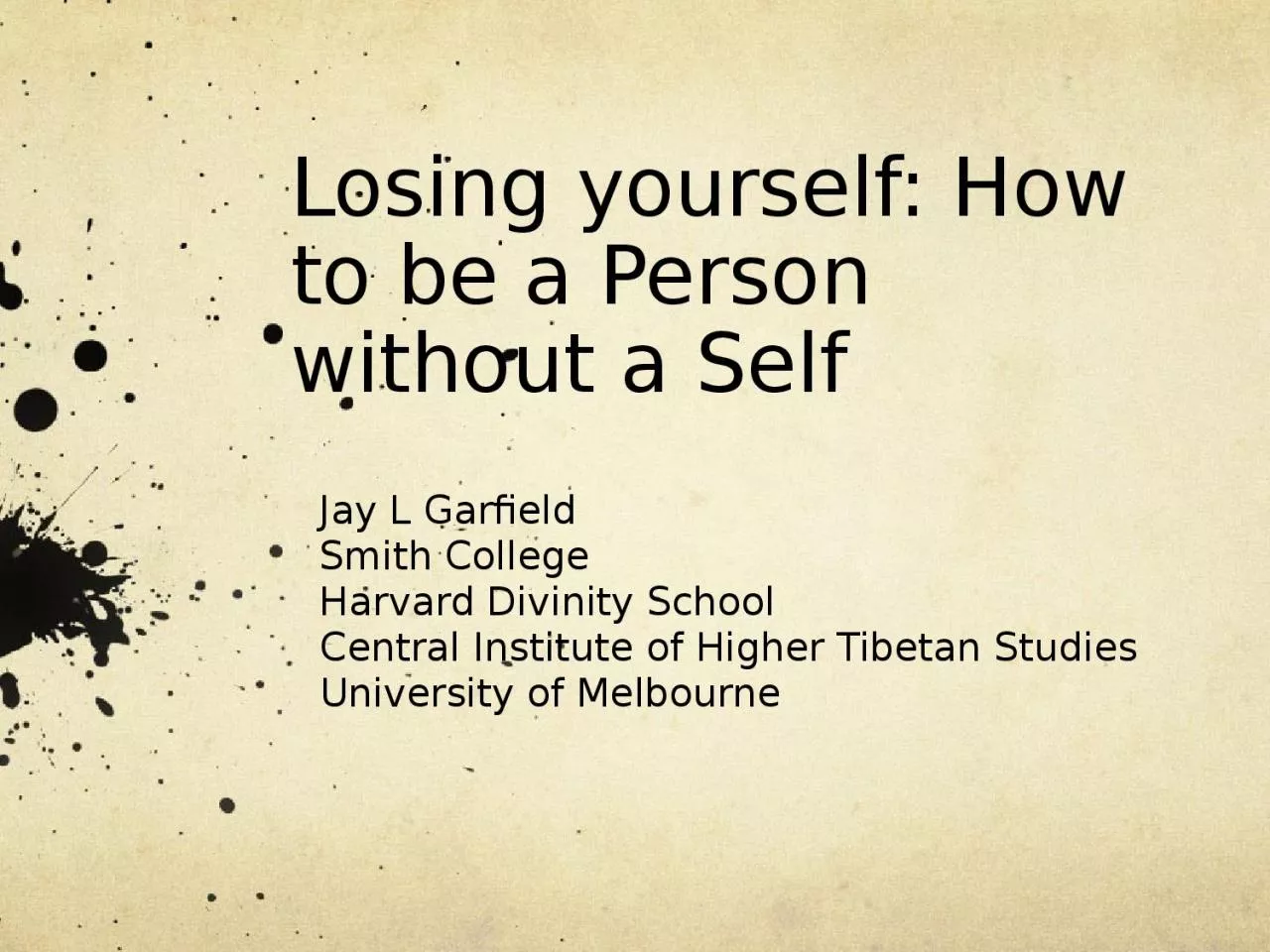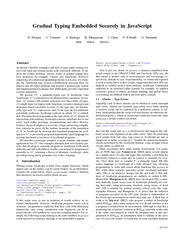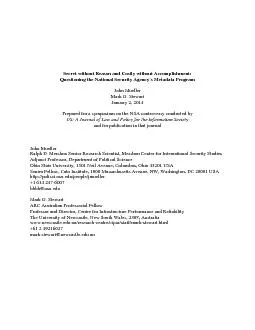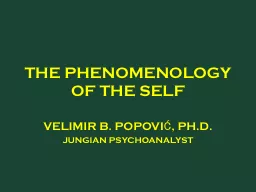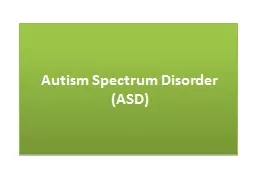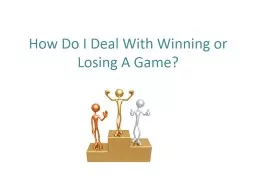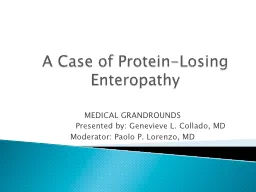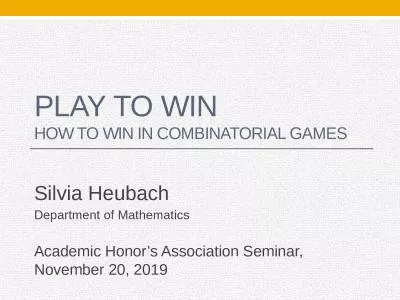PPT-Losing yourself: How to be a Person without a Self
Author : SillyGoose | Published Date : 2022-08-02
Jay L Garfield Smith College Harvard Divinity School Central Institute of Higher Tibetan Studies University of Melbourne Four Classes Selves and Persons Why you
Presentation Embed Code
Download Presentation
Download Presentation The PPT/PDF document "Losing yourself: How to be a Person with..." is the property of its rightful owner. Permission is granted to download and print the materials on this website for personal, non-commercial use only, and to display it on your personal computer provided you do not modify the materials and that you retain all copyright notices contained in the materials. By downloading content from our website, you accept the terms of this agreement.
Losing yourself: How to be a Person without a Self: Transcript
Download Rules Of Document
"Losing yourself: How to be a Person without a Self"The content belongs to its owner. You may download and print it for personal use, without modification, and keep all copyright notices. By downloading, you agree to these terms.
Related Documents

